Mali Objects

This is a rare Bamana ritual hoe or “daba” used in conjunction with the Chi Wara “antelope” headdress dance and was not intended for agricultural use. Mali, wood, iron, 25.” H. The Chi Wara or Tyi Wara society of the Bamana are dedicated to the god of agriculture and believe this half man and half animal being taught the Bamana how to cultivate the land. He was the offspring of the first created being, an old woman “Mousso Koroni” and a snake. The society focuses on the healing of snake bites and promotes a good harvest of the land.




A wooden tablet with lines from the Koran written and repeated for practice and learning by children— from a Koranic school, Mali (Mopti region) #mali #mopti #mooscollection
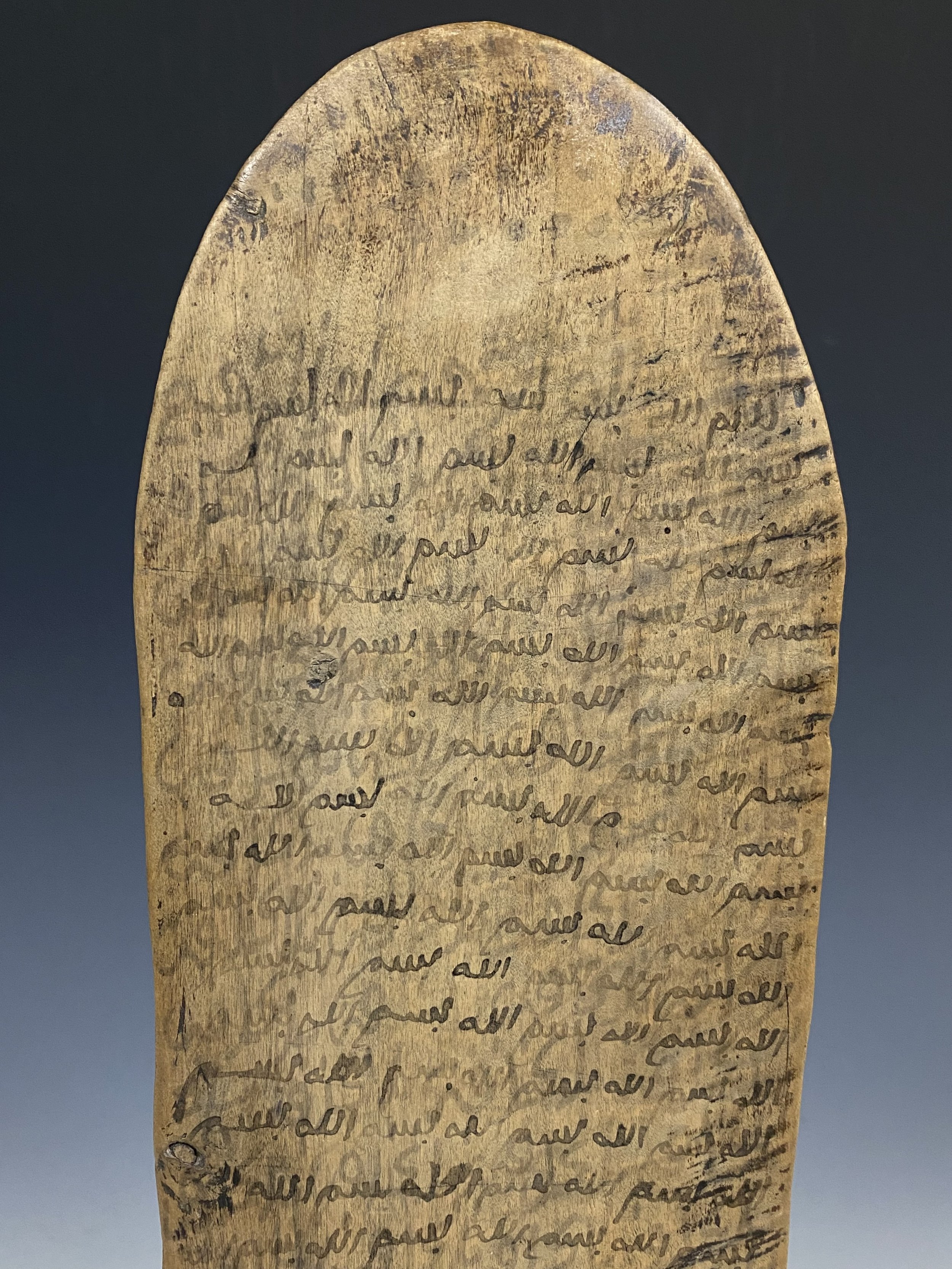
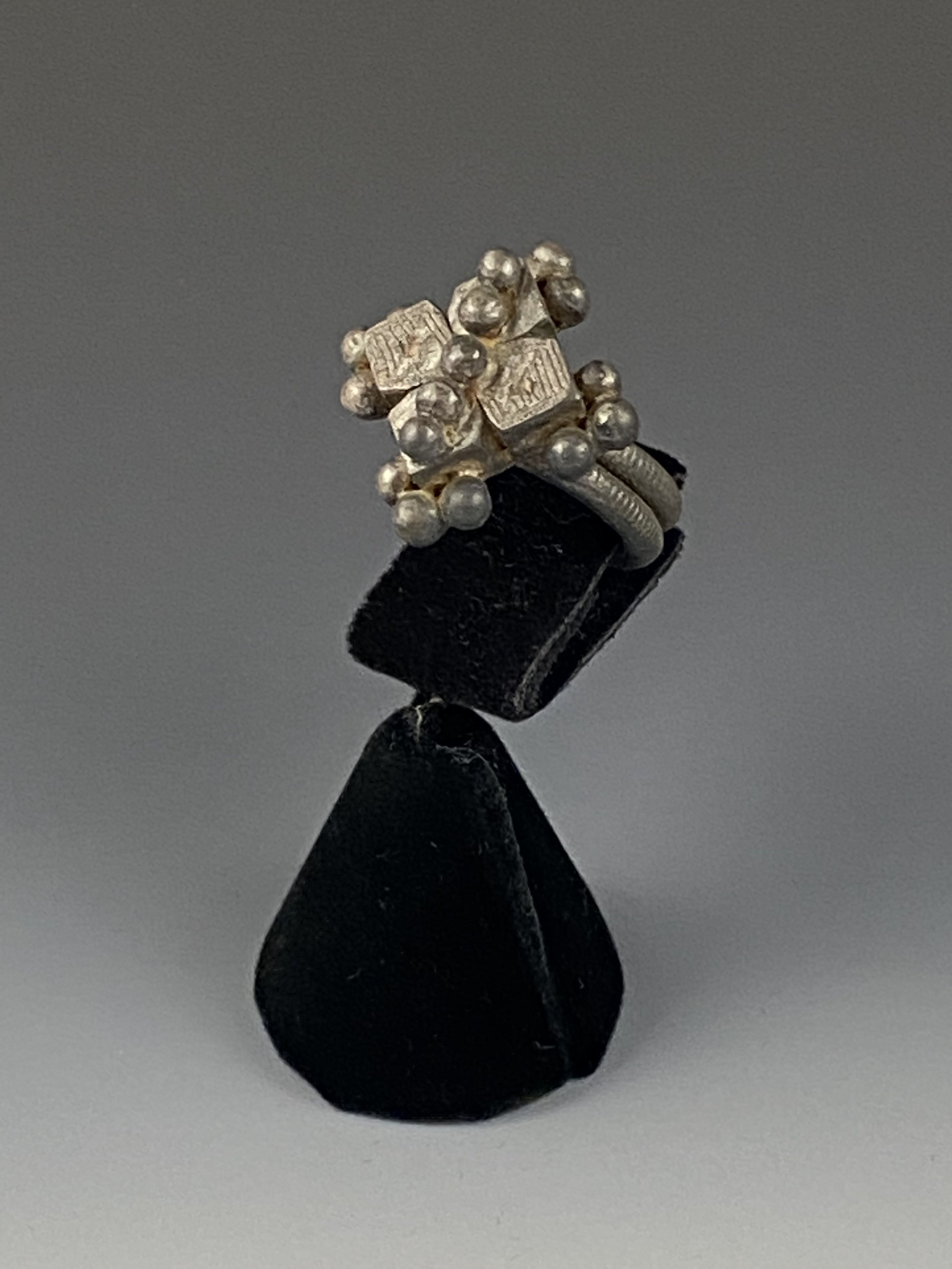
Fulani silver and copper ring, Djenné, Mali

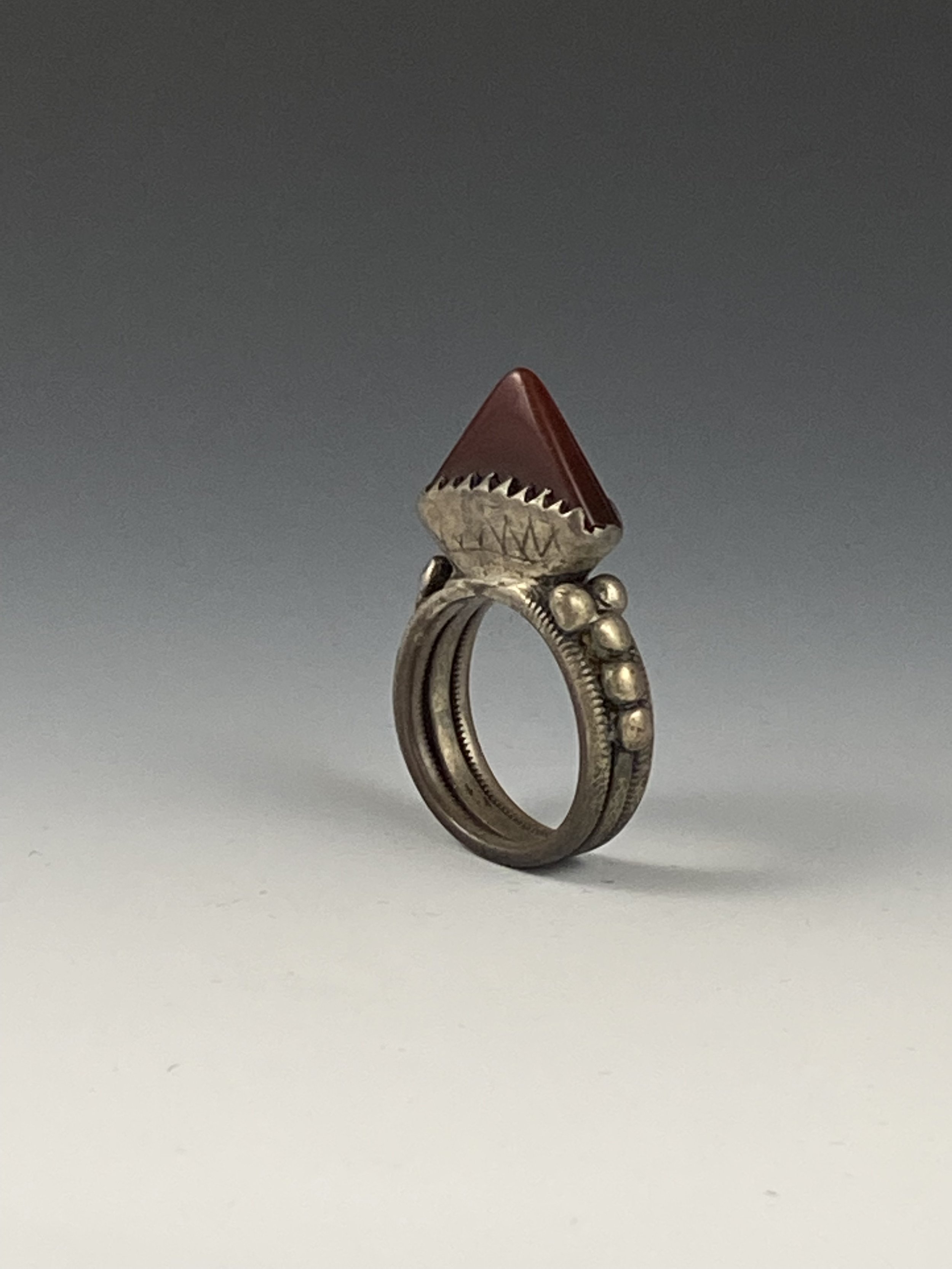
Fulani silver and carnelian ring, Djenné, Mali
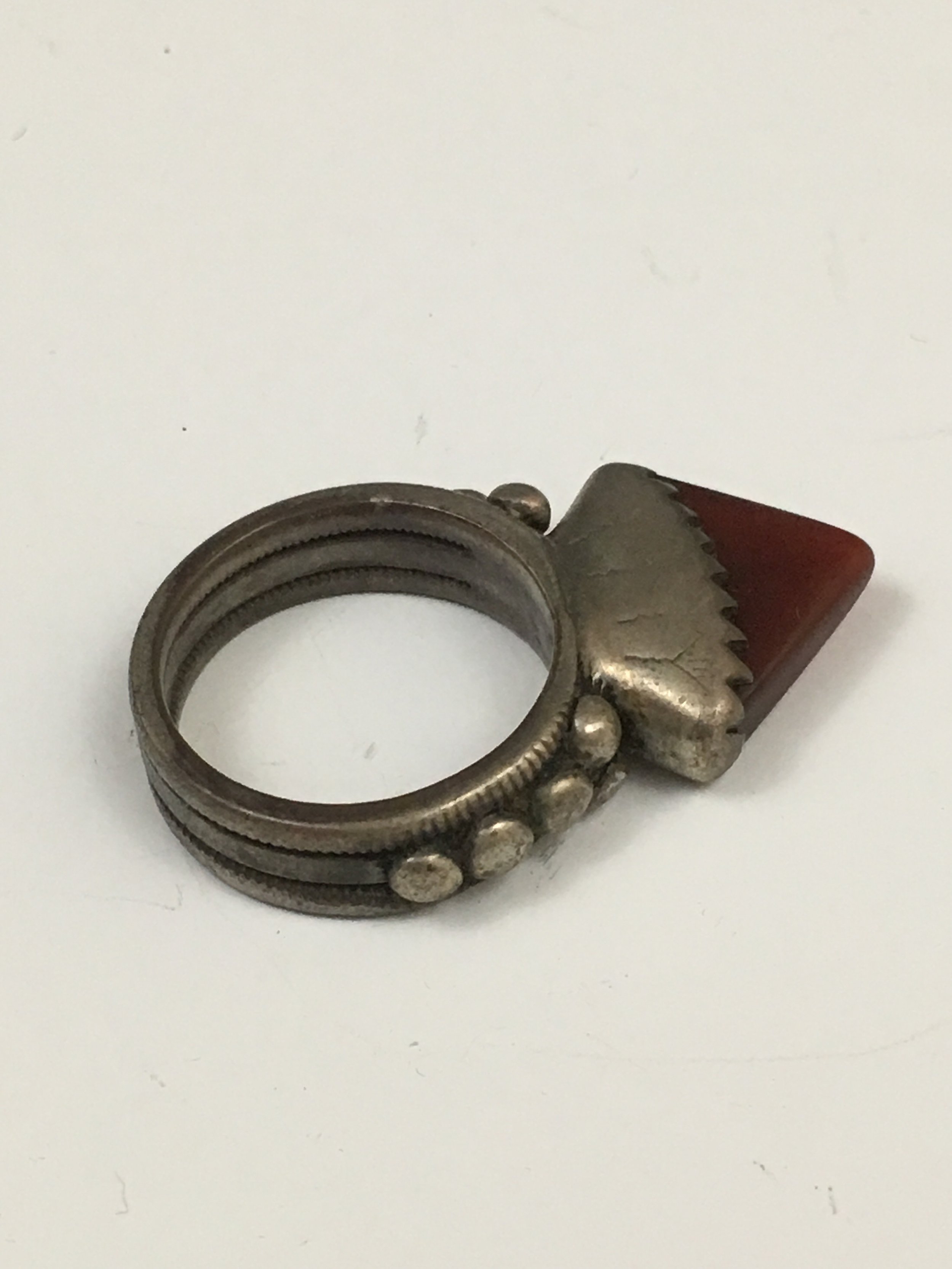

Tuareg steel bangle, Timbuktu, Mali

Glass bracellet/ arm band. Mopti, Mali

Tuareg tent/bedding post, carved wood. Timbuktu, Mali


Silver and ebony cross pendant with an amber bead, Timbuktu, Mali


Tuareg grass reed and leather matt, Timbuktu, Mali

Tuareg trunk. wood, leather. Mopti, Mali


Tuareg stamped brass bracelet, Timbuktu, Mali

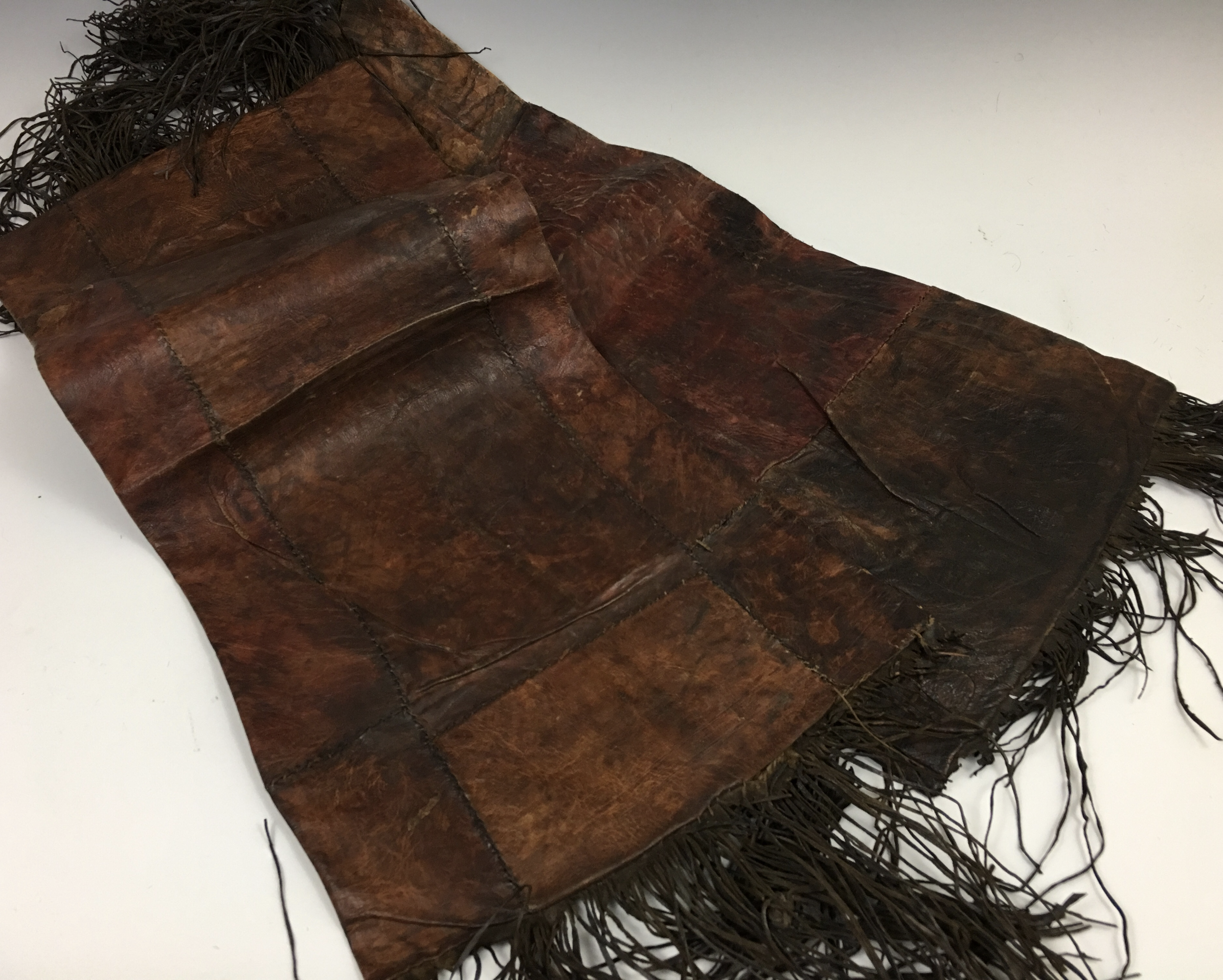
Tuareg leather pillow cases, Timbuktu, Mali

Terracotta spinning weight, Mopti, Mali. These items are used on the ends of sticks to spin cotton string.

Terracotta spinning weight, Mopti, Mali.

Terracotta spinning weight, Mopti, Mali.

Terracotta spinning weight, Mopti, Mali.

Terracotta spinning weight, Mopti, Mali.

Terracotta spinning weight remnants, Mopti, Mali.

Terracotta spinning weight, Mopti, Mali.

Terracotta spinning weight, Mopti, Mali.

Terracotta spinning weight, Mopti, Mali.

Terracotta spinning weight, Mopti, Mali.

Terracotta spinning weight, Mopti, Mali.

Neolithic celt, Mopti, Mali. Many of these celts are found while cultivating and the explanation that was told to me by a villager in Essikro, is that they are the result of lightning hitting the ground. Many believe these "thunderstones" have magical, protective properties and can be found in shrines and bought in local fetish markets as a magical material. In Material Culture and Indigenous Spiritism: the Katamansu Archaeological “Otutu” (Shrine) by Wazi Apoh & Kodzo Gavua write "Some scholars have documented that these axe-heads were exploited for their assumed medicinal and magical properties (Field 1940; Ozanne 1962; Rattray 1923; Reade 1874; Shaw 1944; Wild 1927). They have pointed out that, having invested the “thunderbolts” or “God axes” (Nyu ηmo te/Nyame Akuma) with supernatural origins, most followers and priests of indigenous religions and herbalists assign them with various medicinal and magical properties. Some of the stones were ground and mixed with water and other concoctions and given out to cure cough and digestive ailments (Wild 1927). They were also sometimes fastened against the body to cure diseases (Rattray 1923)."

Neolithic celt, Mopti, Mali.

Neolithic celt, Mopti, Mali.

Neolithic stone celt. Mopti, Mali


Fossilized egg? it certainly has the shape and texture but for now it is unconfirmed. Found in a small group of the same by a Tuareg in the Sahara desert. Acquired in Mopti, Mali